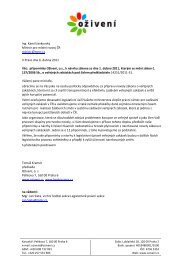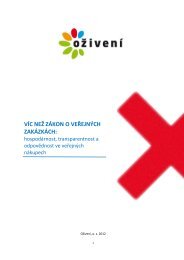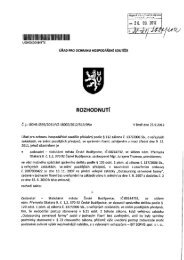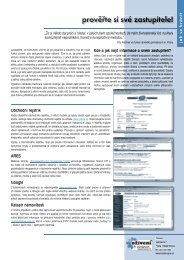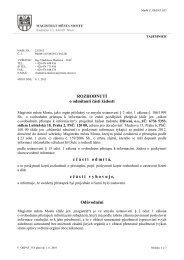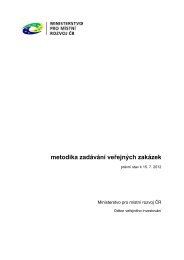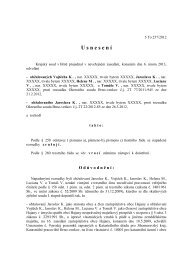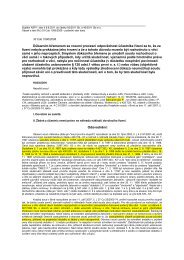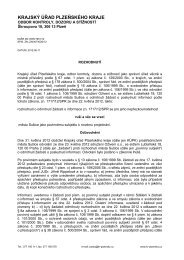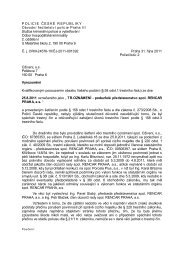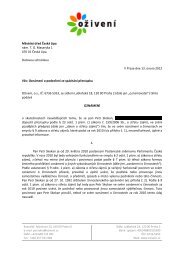Managing Conflict of Interest - Organisation for Economic Co ...
Managing Conflict of Interest - Organisation for Economic Co ...
Managing Conflict of Interest - Organisation for Economic Co ...
Create successful ePaper yourself
Turn your PDF publications into a flip-book with our unique Google optimized e-Paper software.
88 <strong>Managing</strong> <strong><strong>Co</strong>nflict</strong> <strong>of</strong> <strong>Interest</strong>Sanctions are included to ensure that public <strong>of</strong>ficials take personalresponsibility <strong>for</strong> complying with both the letter and the spirit<strong>of</strong> such standards, and also encouragement <strong>for</strong> public <strong>of</strong>ficials whoconsistently demonstrate such compliance.But following such recommendations in real-life situations is thetest. Even identifying a specific COI situation in day-to-day workpractice can prove very difficult. And resolving the conflicting interestsappropriately in a particular case is something that most peoplefind even more challenging. If public organizations are to be ableto follow these recommendations, they need practical instrumentsto help public <strong>of</strong>ficials understand how to apply the COI policy inconcrete situations. The OECD has developed and tested a Toolkit<strong>for</strong> <strong>Managing</strong> <strong><strong>Co</strong>nflict</strong> <strong>of</strong> <strong>Interest</strong> to meet this need.The Toolkit provides a set <strong>of</strong> practical ways to help managersand <strong>of</strong>ficials put COI policy into practice. Instead <strong>of</strong> outlining a set<strong>of</strong> complex administrative definitions and processes, the Toolkitprovides practical solutions to enable <strong>of</strong>ficials to identify, manage,and resolve COI situations. Practical tools include self-tests to identifyCOI, checklists to detect “areas at risk,” and training materialsin the <strong>for</strong>m <strong>of</strong> detailed case studies. The tools have been adaptedto provide applicable solutions, which can be adapted <strong>for</strong> use inpublic organizations in different contexts.One <strong>of</strong> the tools provides a simple objectivity test that can helpdetermine a COI situation by asking two simple questions:••Is Joe/Joanna a public <strong>of</strong>ficial <strong>of</strong> a relevant kind?Does he/she have private interests <strong>of</strong> a relevant kind?If the answer to both questions is yes, then Joe/Joanna has areal/actual COI. Essentially, what is “relevant” is context-dependentand is determined by the duties <strong>of</strong> the <strong>of</strong>ficial. While the “conflict” isdetermined by the circumstances, “incompatibility” is determinedby the law.Another simple tool <strong>for</strong> self-monitoring by public <strong>of</strong>ficials isthe “G.I.F.T.” test, which asks four simple questions about a gift<strong>of</strong>fered:• Genuine: Is this gift genuine, in appreciation <strong>for</strong> somethingI have done in my role as a public <strong>of</strong>ficial, and not sought orencouraged by me?ADB/OECD Anti-<strong>Co</strong>rruption Initiative <strong>for</strong> Asia and the Pacific



